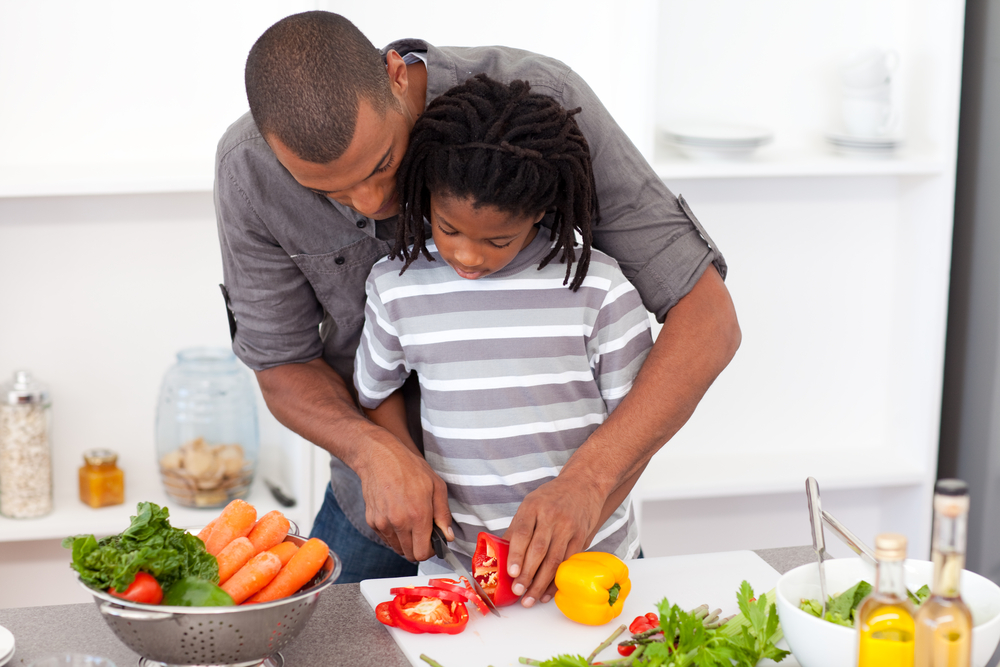Tips for Getting your Kids to Eat their Vegetables

Encouraging your kids to allow a vegetable on their plate – let alone in their stomach – can be one of the biggest challenges for parents. While tried-and-tested methods include setting a good example, using ultimatums, or even bribing with dessert, many families still struggle at dinnertime, especially if there’s more than one fussy eater involved. Instead of instigating a food fight at the table, try a different approach and see if these tips can help your child get on a healthier track.

You can get children used to vegetables simply by presenting them in another way. Many parents swear by the ‘disguising’ method, using puréed veg in a pasta or curry sauce to get nutrients into your children, while giving them meals they like.
Alternatively, don’t be afraid to combine things like roast aubergine with melted cheese, or sweetcorn with butter: though these may seem like unhealthy accompaniments, it’s a good way of introducing vegetables as tasty options, rather than just boring health food.
Plenty of vegetables like peas, sweet peppers, and carrot sticks taste great raw, but children may not be used to seeing them on the plate. Place a couple of options on the table, or pass them around as a starter, accompanied with dips. This encourages the child to make their own choices and trains their tastebuds to accept new flavours.
Start taking your children with you when you do the grocery shopping from an early age, and they’ll quickly become familiar with a wide range of vegetables, taking out the mystery element when you bring them to the table. Make the market into a fun trip by pointing out the spectrum of bright colours, unusual shapes, funny textures, and intriguing smells.
Better yet, encourage them to grow their own. Give them their own plot in the garden and let them monitor the process over time, as seeds and bulbs magically transform into produce that they can dig up and eat! If you don’t have the space, even a window box for fresh herbs will get them thinking about the journey from soil to plate a little more.
Out of all the holistic approaches to improving a child’s diet, getting them to cook with you is one of the most effective. Sit down and plan menus with them, letting them choose favourite meals and suggesting different vegetables you can add to them, while looking through recipe books together for ideas.
Even as young as age 5, children can be tasked with simple preparation such as washing vegetables and chopping soft fruit like bananas with a table knife. If they can watch and help you to cook, they become more comfortable around all kinds of ingredients, and studies have shown they’re much more likely to try a vegetable dish which they’ve had a hand in preparing. Kids get a real sense of pride out of eating something they’ve made.
Most of these ideas are really about creating good habits when they’re young, crucial for child development. By making vegetables part of their normal routine, they’re more likely to stick with them, as well as learning key skills like cookery and planning a menu that they will need later in life. While it can difficult to talk to children about the value of health, actively involving them in buying, cooking and choosing vegetables means that mealtimes can gradually become healthier, and much more manageable for you!
